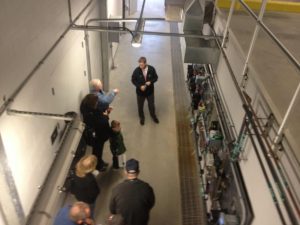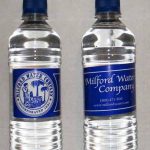ACEC/MA Announces Tata & Howard, Inc. as a winner of Bronze Engineering Excellence Award for their work on the Home Farm Water Treatment Plant
The American Council of Engineering Companies of Massachusetts (ACEC/MA) has named Tata & Howard, Inc. as a winner of their 2020 Bronze Engineering Excellence Award for their work on the new Home Farm Water Treatment Plant in Shrewsbury, MA.

The 2020 Engineering Excellence Awards were recently announced and will be celebrated at the 2021 ACEC/MA Engineering Excellence and Awards Gala. The awards celebrate innovation, ingenuity, and excellence in engineering achievement.
Tata & Howard, Inc. provided lead engineering services for the design and construction administration of the new 7.0 mgd Home Farm Water Treatment Plant in Shrewsbury, MA. The new plant, which replaced an aging facility built in 1989, provides the Town with the ability to treat more water, remove elevated levels of manganese, and produce stable water quality. The project reached Substantial Completion on schedule and was completed within budget. The plant is the largest biological pressure filtration facility in the northeast United States.
Founded in 1992, Tata & Howard, Inc. is a 100% employee-owned water, wastewater, and stormwater consulting engineering firm dedicated to consistently delivering innovative, cost-effective solutions in the water environment. Tata & Howard has gained a solid reputation as an industry leader in the Northeast by bringing knowledge, integrity, and dedicated service to all-sized markets, both public and private. The firm has offices in Massachusetts, Connecticut, New Hampshire, Vermont and Arizona. For more information, visit http://www.tataandhoward.com.
“The Engineering Excellence Awards program recognizes engineering firms for projects that demonstrate a high degree of achievement, value and ingenuity,” said Jenn Howe, President of the American Council of Engineering Companies of Massachusetts and Principal and Vice President at SMMA, Symmes Maini & McKee Associates. “Entrants are rated by an independent panel of judges from the architectural community, the construction industry, academia, the media, and the public sector on the basis of uniqueness and originality; future value to the profession and perception by the public; social, economic and sustainable development considerations; complexity; and successful fulfillment of the client/owner’s need, including schedule and budget. We congratulate them and thank them for their contributions to improving the quality of our everyday lives.”
About ACEC/MA
The American Council of Engineering Companies of Massachusetts (ACEC/MA) is the business association of the Massachusetts and Rhode Island engineering industry, representing over 120 independent engineering companies engaged in the development of transportation, environmental, industrial, and other infrastructure. Founded in 1960 and headquartered in Boston, MA, ACEC/MA is a member organization of the American Council of Engineering Companies (ACEC) based in Washington, DC. ACEC is a national federation of 51 state and regional organizations. For more information on ACEC/MA, visit their website at www.acecma.org. ACEC/MA is undertaking an awareness campaign to educate the public on the many contributions engineers make (or the engineering innovations) in everyday life through their hash tag #EngineeringGoFigure. To Follow us on Twitter: @ACECMA

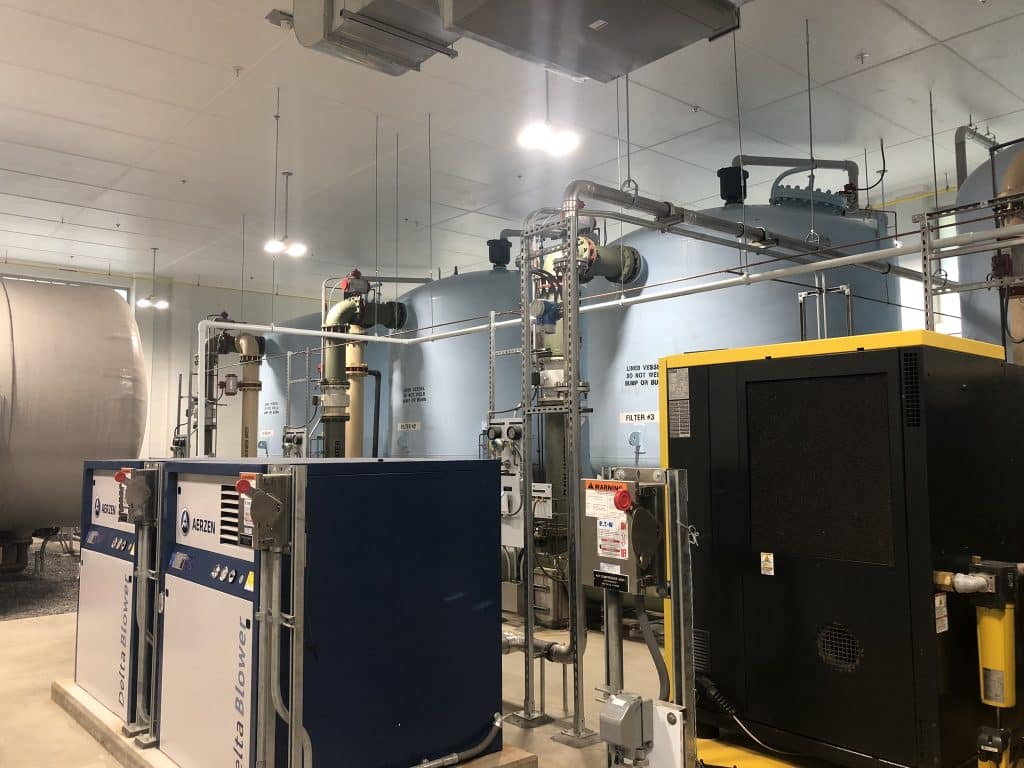
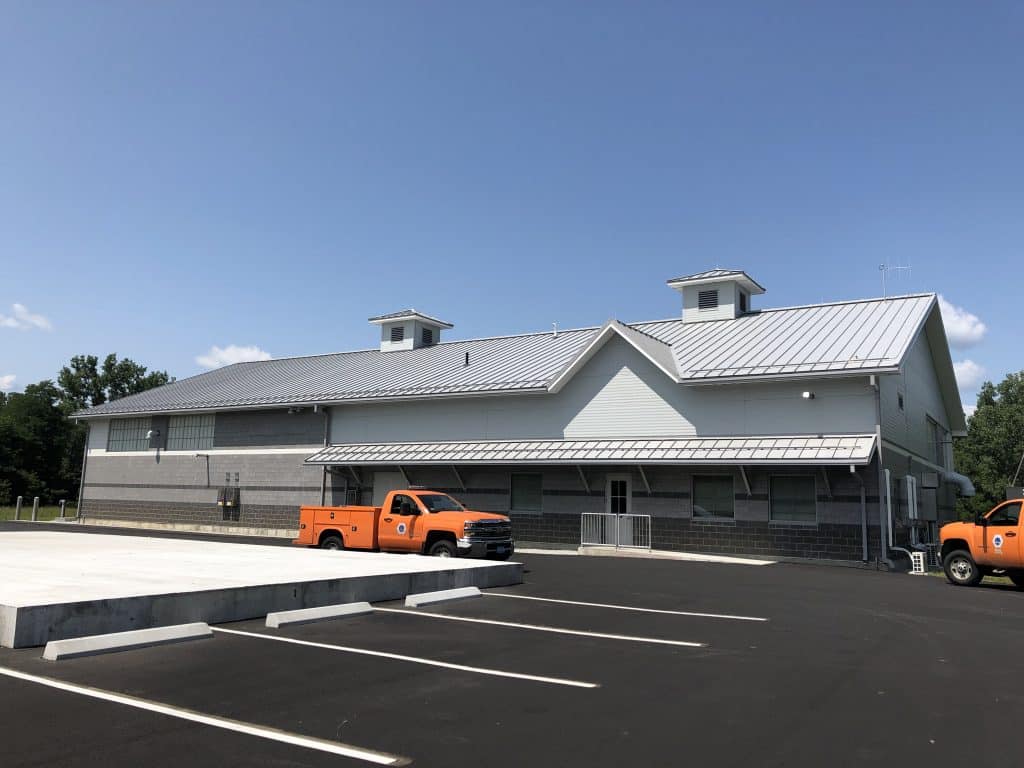
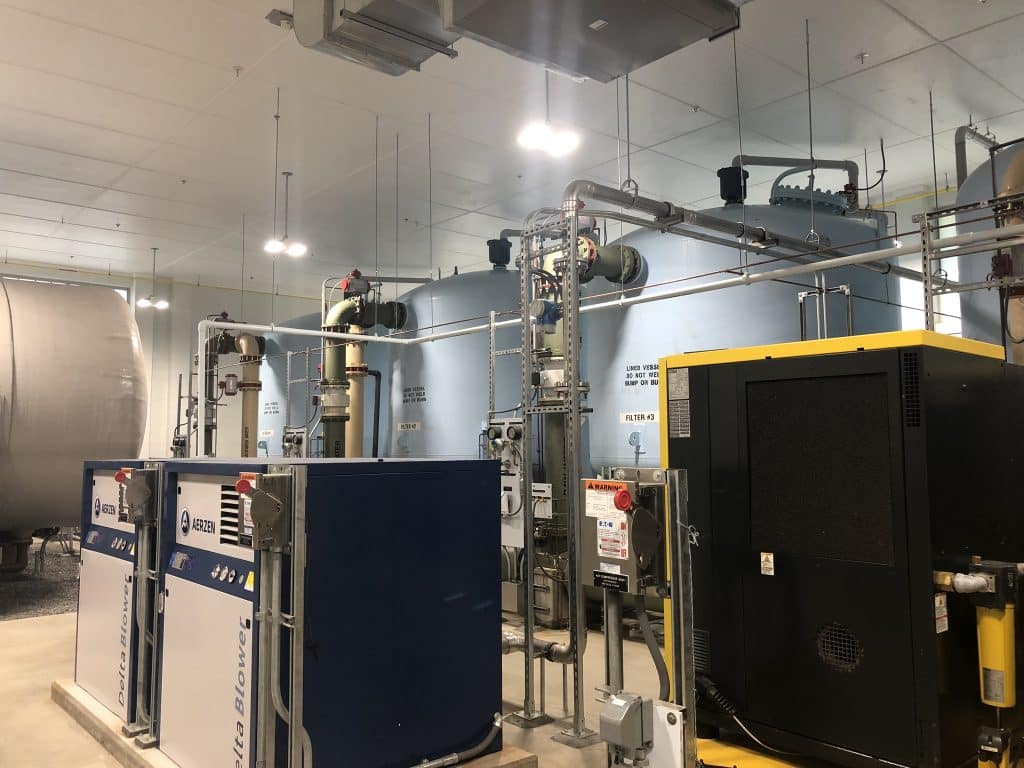
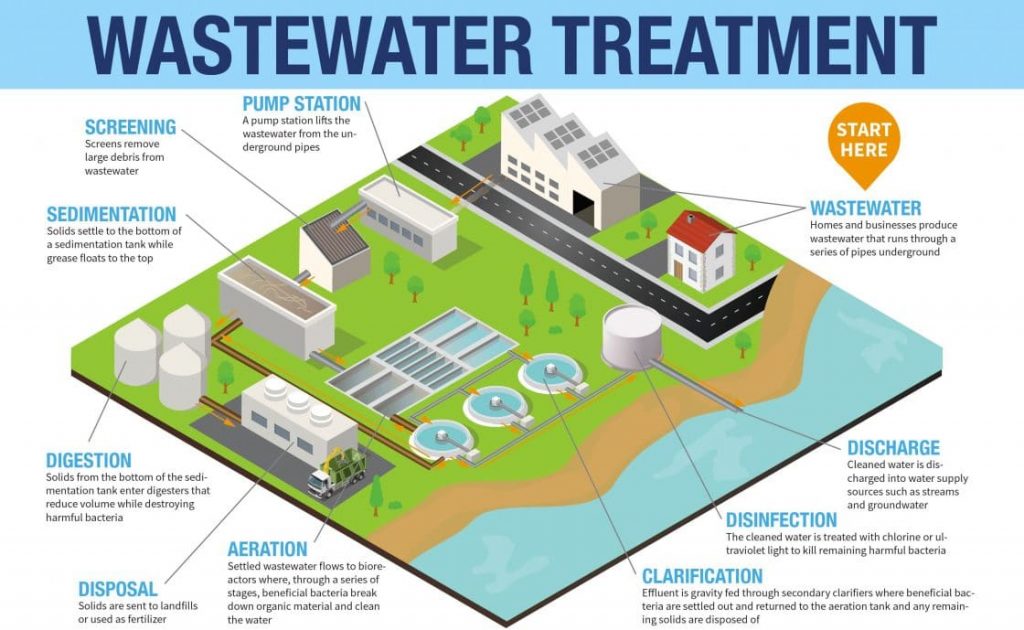
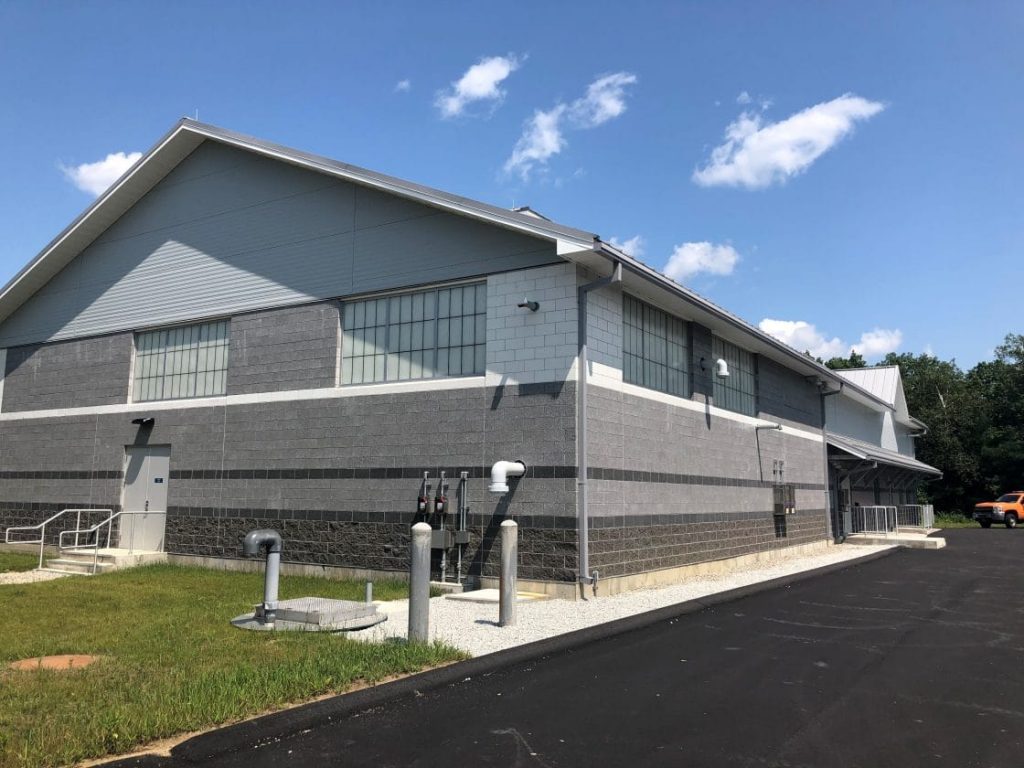
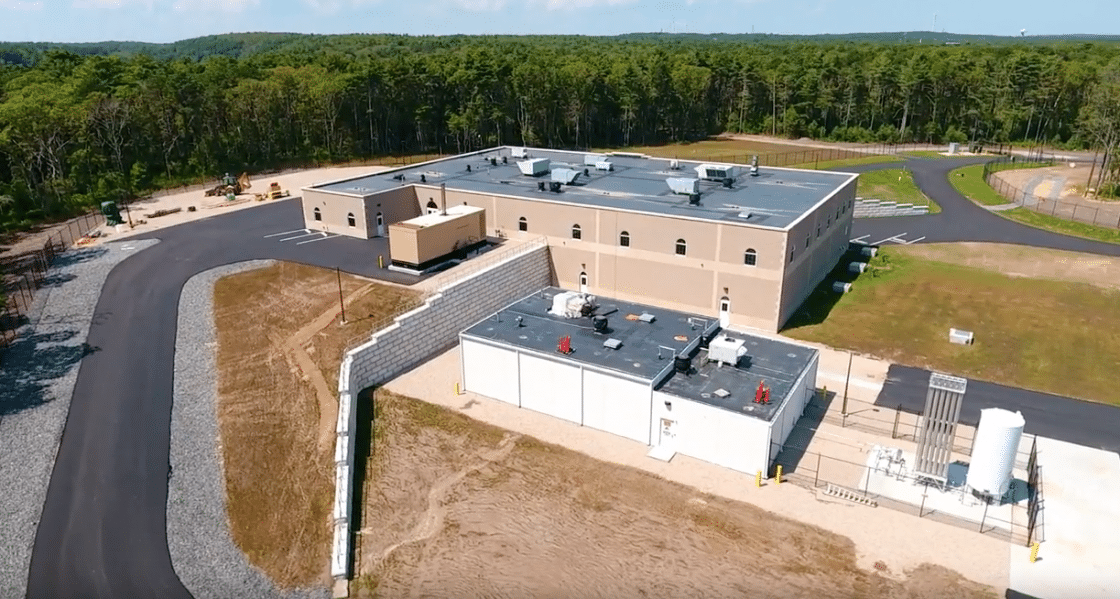 Ryan Neyland, P.E., Project Manager, presented this webinar on Horizontal Direction Drilling of Raw Water Intakes into Long Pond, Falmouth MA. Regulatory and customer-based drivers led the Falmouth Water Department to construct a new water treatment plant (WTP) at Long Pond. Due to the location of the new WTP in relation to the existing pump station facility and intake, new intakes and a raw water pump station were needed to pump water from Long Pond to the WTP. This presentation will discuss pipe and screen installation utilizing horizontal directional drilling methods to minimize any potential impacts to the pond during construction.
Ryan Neyland, P.E., Project Manager, presented this webinar on Horizontal Direction Drilling of Raw Water Intakes into Long Pond, Falmouth MA. Regulatory and customer-based drivers led the Falmouth Water Department to construct a new water treatment plant (WTP) at Long Pond. Due to the location of the new WTP in relation to the existing pump station facility and intake, new intakes and a raw water pump station were needed to pump water from Long Pond to the WTP. This presentation will discuss pipe and screen installation utilizing horizontal directional drilling methods to minimize any potential impacts to the pond during construction.
